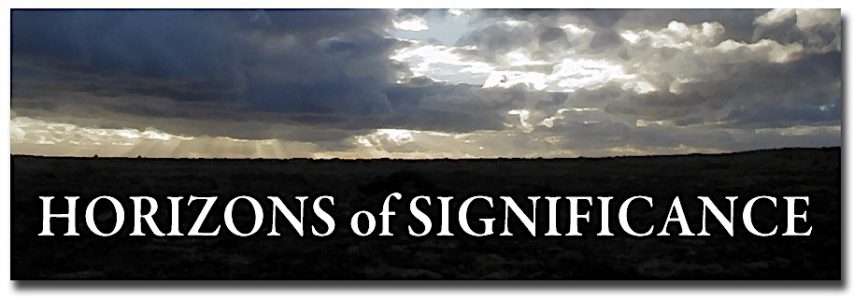Is disaster… always envisioned geographically, is it always navigational in the deepest sense?
Finding North, page 22
George Michelsen Foy asks this question early on in his extended ruminations in the form of a record, a log of a voyage. We join him on a quest woven of varied lineaments gathered over decades, facing questions ranging from the intimate and familiar to the latest discoveries of neuroscience. He takes us on a trail of discovery into the circumstances of his ancestor’s loss in a shipwreck that has haunted him throughout his life shaped by echoes of this event handed down in family lore and expectation. He’s found how this event has influenced the course of his life, his concerns, and even shaped his reactions to danger. Foy takes us through time and across space as he navigates our passage through what it means to navigate.
My own writing has often started with the premise that we are in the grips of disaster, facing an Enormity. Foy’s earlier science fiction built on carrying strains he found at work in contemporary culture forward into a dystopian near-future. His characters cope with an unraveling of trends taken just beyond our current state of affairs. His protagonists are navigators on a hostile coast, looking to maintain an internal compass when all landmarks are obscured and lost behind deception. Finding North does not speak of our predicament directly. It’s there for those who see it and not pushed upon those who don’t. I admire the way he diffuses a potential slog into polemics, letting people come to his questions from where they are. That said, in Finding North we confront many portents of loss. We discover that navigating honestly we need to always relate our position to the ever-present possibility of catastrophe. Keep it always in mind. Confronted by examples of hazard and loss taken from our collective history and his family’s past we are never without a realization of what can happen when things “go south.”
In the last year I’ve been coming to an understanding of how critical, foundational, essential, and central navigation is to an understanding of how we can come to live an integrated life, responding to our situations instead of merely reacting. An aspect of navigation that continues to astonish me is how attending to our task draws out affinities, “Seek and ye shall find!” Serendipitous connections arrive from where we least expect them. Serendipity may be denied to those clamped onto rails or swept-up in a panic; but it’s never far away when we are on the lookout. This is how I felt when the chance to read and review Finding North came in “over the transom.” My personal experience of Serendipity – with all its incidents of recognition and confirmations of my own faintly glimpsed landmarks – has run deep throughout my reading of Finding North.
These connections, on top of a sense of being “In good hands” as I read his prose, feed a sense of buoyancy, of celebration, even as he takes us through descriptions of tragedies and loss, public and private. He shows us how we may participate in an active equilibrium present in all successful navigation. This competence brings us to joy. A joy as a reader. Also a joy as a navigator. A joy that supports us like the buoyancy of water carrying our boats across the turbulent back of the sea. We discover that joy is essential if we are to navigate without foundering. We see that equilibrium is a skill. We find a practice of orienting our selves that becomes second nature even as it connects us with an instinctive sense of place and position.
We share these qualities with all living creatures.
Foy takes us on an adventure. No Ahab. Instead of forcing us into a trap of hate and obsession he leads us gently with good humor upon a passage lit by compassion. This is another lesson in navigation: To find our way we cannot succumb to monomania. Navigation incites and inspires us to take everything into account. And, as Foy demonstrates, this requires us to do the difficult thing whenever it resonates with the needle of our compass. At such times what is hard is not a chore. It is a vessel for joy.
Finding North begins with a recognition of our fears. Our journey leads to discoveries. A working understanding of our capacities helps us find our way.
Finding North we attend to the art, the craft, the practice of navigation. This leads us away from crippling anxiety. We come to an understanding that life can be met with clarity.
Finding North is an act of orientation, an understanding of the difference between reaction and response.
Finding North shows us how to learn to find where we are.
Finding North shows us how this act of orientation can be a foundation on which we may build a life.


Sounds great.
LikeLike